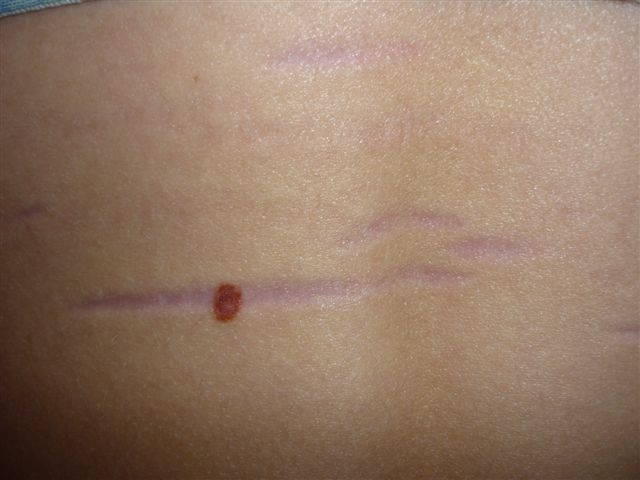
About Bartonella
Bartonella species are vector-transmitted, blood-borne, intracellular, gram-negative bacteria that can induce prolonged infections in the host.
A wide spectrum of diseases can be attributed to Bartonella infections in both immunocompetent as well as immunocompromised individuals. There are several species capable of causing infections in humans, especially Bartonella henselae and Bartonella quintana. Persistent infections of humans and animals (domestic and wild) result in a substantial reservoir of Bartonella organisms in nature, which can serve as a source for inadvertent infection of humans.
Available Tests for Bartonella
EliSpot
Bartonella henselae EliSpot
(2x ACD/CPDA tube)
IFA, ELISA, Immunoblot
Bartonella henselae- and Bartonella quintana antibodies
(1x Serum/SST tube)IFA, ELISA, Immunoblot
PCR
Bartonella-DNA-PCR in blood
(2x EDTA tube)
Bacteria:
Bartonella henselae (cat scratch disease by cats and ticks), Bartonella quintana (trench fever by lice), Bartonella bacciliformis (carrions disease by sand flies), Bartonella clarridgeiae (cat flea), Bartonella elizabethae (very rare) (gram negative, optional intracellular in endothel-cells / erythrocytes)
Vector / Transmission:
cat-scratch surface wounds (25,000 cases are reported in the USA annually), Ixodes ricinus (Germany/Europe: up to 40% contaminated ticks), Ixodes scapularis (deer tick)
Typical symptoms:
Papulae/rash and regional lymphadenopathy
Atypical symptoms:
tiredness (nearly 100%), headache (80%), amyostasia, muscle twitches, tremors, seizures, fever in the mornings (30%, in phases up to six weeks, otherwise 1-3 weeks), chills, skin pain, swollen lymphnodes, arthralgia (often), myalgia, insomnia, depression, agitation, severe mood swings, amentia, lack of concentration and alertness, dizziness, anxiety, outbursts, antisocial behaviour, restlessness, gastritis, intestinal symptoms, sore soles (especially in the morning), tender subcutaneous nodules along the extremities, occasional lymphadenopathy and light sweats
incubation time: 3–38 days
Complications:
endocarditis, bacilliary angiomatosis, retinitis, epilepsy, aseptic meningitis, hepatosplenomegalia, tonsillitis, cerebral arteritis, encephalitis
Risk factors:
bites by ticks, lice, sand flies, scratches by cats, immune suppression (children)
